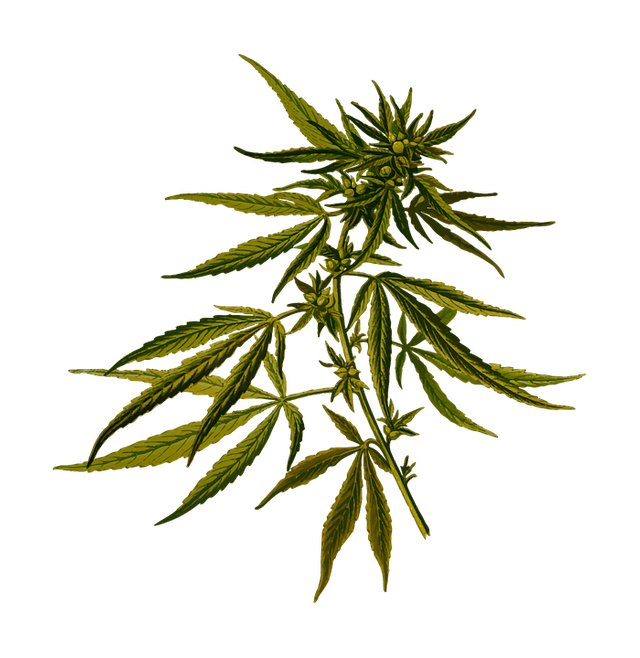Historical Uses of Medicinal Cannabis

It is a great wonder today that many states and countries still prohibit the possession and/or usage of cannabis to their citizens. Throughout recorded history, many cultures have cultivated hemp and consumed the psychoactive flower for medicinal and ritualistic purposes. Though many countries have yet to legalize the plant, it hasn’t been and won’t always be so.
Earliest Recorded Uses
Archaeological records point to the earliest appearances of hemp product over 10,000 years ago on the Asian continent. Consumption of hemp or the cannabis plant was first seen in Chinese culture around the time of the Liangzhu culture approximately 5000 years ago. Through unearthed pottery and carbonized cannabis it is assumed that the seeds were eaten for food and the flower burned for rituals. To the ancient Chinese, cannabis was known as “ma”, depicted in a pictogram as two plants hung up to dry. Over the course of the next several thousand years of dynastic Chinese culture, hemp cultivation continued as a tribute to rulers and eventually an industrial product.
Pharmacology: China
The ancient text Pen-Ts’ao Ching (~100B.C.) refers to the emperor Shen-Nung’s medicinal descriptions of the plant over 2000 years before. The emperor claims that ‘ma’ is both a yin and yang plant, however that the female plants should be cultivated for mental weakness, menstrual problems, constipation, and other ailments. He also mentions that, “Taking much of it may make one behold ghosts and frenetically run about. Protracted taking may enable one to communicate with the spirit and make the body light.” Several hundred years later, the physician Hua Tuo created ma-yo (hemp wine) and ma-fei-san (hemp boiling powder) to use for surgeries as an anesthetic.
India
Cannabis seeds have been unearthed as early as ~1300 BC. Around the same time, the Atharva-Veda text first mentions the plant Bhang, widely considered to be the cannabis plant. Ayurvedic medicine prescribes the use of the plant to remedy ailments such as insomnia, pain, and lack of appetite. To this day Indian culture has fairly widely recognized the cannabis plant, or Bhang, as a great spiritual medicine with many practical and ritualistic purposes. It is not surprising that we today call glass pipes ‘bongs’ as this is possibly rooted from the original word Bhang.
Other cultures and users
Historically the Scythians, Egyptians, and numerous other African and Middle Eastern cultures have used cannabis or plants similar to them for medicinal purposes. Throughout history many well known figures have been advocates or opponents of cannabis. This list of advocates includes but is not limited to Pliny the Elder, Plutarch, Sheik Haydar, King Henry VIII, Carl Linnaeus, and O’Shaugnessy. In 1798 Napolean discovered and declared a total prohibition on use of cannabis. 52 Years later in 1850, cannabis was added to the Pharmacopeia of the United States. Between the years of 1850 and 1915, cannabis was accessible as a medicine in pharmacies and grocery stores. It is not until the 1910s and 1920s that the United States began to prohibit ‘marijuana’, at first state by state. Many other countries and states either followed suit or established their own prohibitions on this sacred plant. As new cannabis science is established, it is possible that these older prescriptions of medicine will be able to resurface and that the plant may be better understood.
nice post, I appreciate your efforts.following you, i appreciate if your upvote and if you follow me.